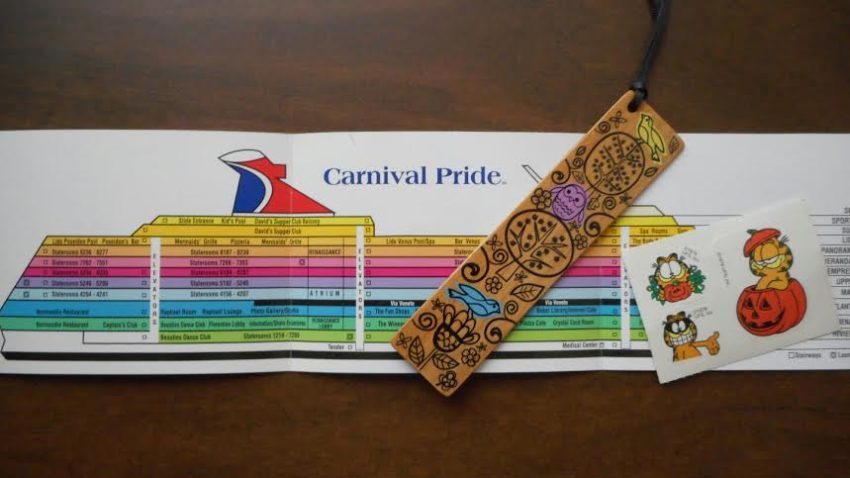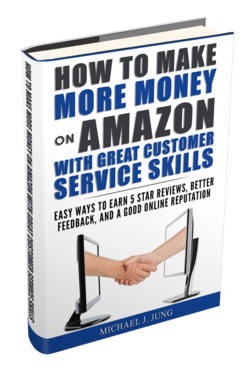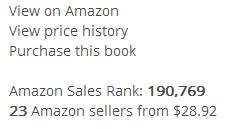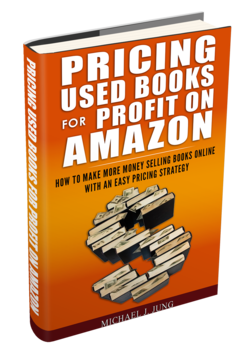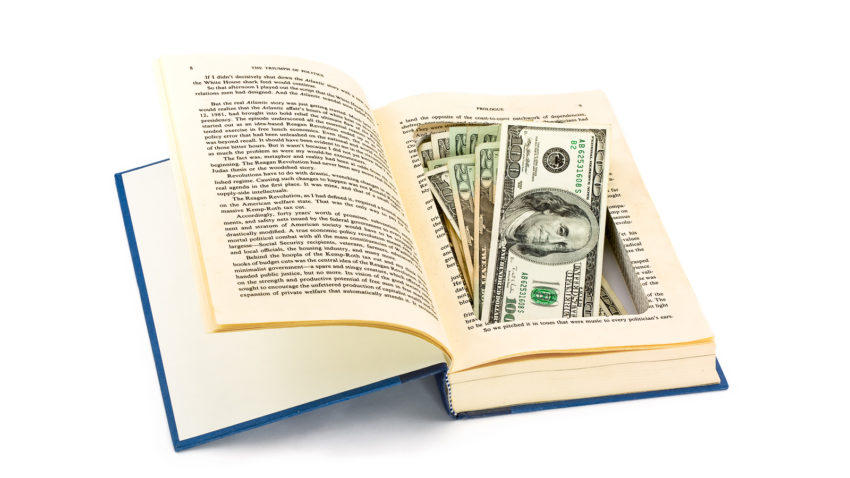It’s a problem all online booksellers encounter sooner or later – you sell a book on Amazon (usually for a very high price) and send it out, only to later receive an email from your buyer requesting you authorize a return and let him or her send you back the book in exchange for a full refund.
The reasons for the return can vary. Maybe the class your buyer needed the book for was cancelled. Maybe he or she bought the book by accident – or found a different copy somewhere else.
Whatever the reason, it’s often a good idea to authorize the return. It helps establish good relations between you and your buyer and can lead to good feedback (Be sure to check out my eBook How to Make More Money on Amazon With Great Customer Service Skills to learn other ways you can improve your online reputation and earn more sales).
Okay, but that still means you need to refund your customer’s money once your book is returned, which will put a big crimp in your cash flow. Problem, right?
Well… maybe not.
Why Getting Book Returns Can Be Profitable For You
If you’ve read my eBook, Pricing Used Books for Profit on Amazon, you’ll know that book prices on Amazon can rise and fall constantly. A book everyone sold for $50 might suddenly drop to $10 as multiple copies flood the market. On the flipside, a textbook you thought could only be sold for $25 might start going for $80 once a new semester starts and students need those books.
Professional online bookdealers pay attention to these price fluctuations and use them to their benefit. Last month, for instance, I sold a book on Amazon for $95 and then sold a second copy of the exact same book for $150 a week later because I kept my eye on the sudden rise in customer demand and price and knew when to ask for more money.
For this reason, I urge anyone who wants to sell books on Amazon to regularly check their competitors’ prices and constantly re-price their books. Moreover, I advise booksellers to raise (rather than lower) their prices to improve their chances of getting a better profit from their books (please be sure to read my eBook to learn a fast and easy way you can do this every week).
It is for this reason that getting book returns can be profitable for an online bookseller – even though your buyer chose to return the book, the fact that he or she bought it in the first place means there is demand for the book. That means someone else will likely be willing to buy that book – often for a higher price – very soon.
Recently, one of my buyers returned a study guide that I sold to her for $60. I was disappointed – until I checked the current price listings on Amazon and learned I could re-price the book for $120.
This isn’t an isolated incident either – so far this year, I’ve re-sold many of my book returns for 50% or even 100% more than what I sold them for the first time around.
How to Accept Book Returns and Re-List Your Books
One mistake new online bookdealers make when authorizing book returns is to immediately send the buyer a full refund before they get their book back.
Please don’t do this. While most buyers are honest, some do forget to send back their books, and you could lose both your money and a valuable book if you refund prematurely.
You should also make sure to request that your buyers pack the book carefully when they send them back (I send my books out in boxes that can be reused – a padded envelope can also offer adequate protection).
When you get your book back, be sure to inspect it carefully to see if it received any minor damage on its trip back to you. In general, all of my book returns have gone pretty smoothly, but I still make sure to look over my books so I can describe them accurately in my book description when I re-list them on Amazon.
(If you’d like to learn how to describe your books to your buyers so that even your book’s flaws look attractive, be sure to read my eBook How to Write Descriptions That Sell Used Books on Amazon. I offer easy-to-use copywriting templates that make describing your books simple and fast.)
Finally, when re-pricing your book, make sure to examine your competitors’ prices very closely. Odds are, the price of your book has risen since you last sold it – but you might be able to sell it for even more money if you discover your competitors are selling copies in poor condition, or if their feedback ratings are weaker than yours. A few seconds spent analyzing this information could mean an extra $20 or even $50 in your pocket!
What To Do If Your Returned Book is Selling for Less
Okay, but what happens if you find your book’s price has gone down on Amazon when you get it back?
I would still encourage you to re-list it on Amazon (for the price you originally sold it for or even a slightly higher one) and wait for the book to sell. As I’ve stated, prices fluctuate constantly on Amazon, so it might only be a matter of time before someone snaps up that book again.
If you’re worried about your business’ cash flow and/or feel that your particular book will not rise in price anytime soon, however, you still have some options.
Look up your book on Bookscouter and see if any buyback companies are interested in purchasing your book for a flat fee. During the holidays (as well as before college semesters) many reputable buyback companies including Textbooks, Sell Back Your Book, Valore, and Cash4Books offer higher than usual prices to buy your books, and you may find you can sell your book for a better price this way than on Amazon.
Final Thoughts
While it’s always disappointing to make a sale and then learn you need to refund your customer’s money, I hope this article has shown you that even a returned book can lead to good – or even excellent – profits.
Always remember: when you make a sale, you’re just selling to one customer – but when you list a book, you are offering your book to thousands of potential customers, many of whom are more than willing to pay your price!
PS Want to save some money? All of the eBooks I mentioned can be bought in one package – the How to Sell Used Books on Amazon Box Set – for the discounted price of $6.99! Who says knowledge doesn’t come cheap?
Did you like this article? Would you like to receive more tips and tricks on how to sell books online for extra money? Then go ahead and subscribe to my blog!
Do you have a question or suggestion for a future blog article? Email me at sellbooksfastonline@gmail.com.


